Investors
Investing in HSI for disease diagnostics, especially in the context of liver diseases, offers a multi-faceted opportunity marked by market growth, regulatory advantages, efficient clinical trials, strong IP potential, and timely market entry.
- Market Growth: The global liver disease diagnostics market is on a significant upward trajectory. It's projected to reach USD 58.62 billion by 2030, growing at a CAGR of 6.5% between 2023 and 2030.
- Regulatory Advantages: HSI technology benefits from softer regulatory metrics compared to traditional diagnostic methods. This advantage facilitates a streamlined, cost-effective market entry.
- Clinical Trial Efficiency: Owing to its non-invasive nature, HSI leads to faster and more efficient clinical trials. Data collection doesn’t require invasive techniques and meets no pushback from medical personnel. This reduces patient risk and accelerates the process from development to market readiness.
- Strong IP Potential: There are significant opportunities for patenting in the areas of machine learning algorithms, data handling, and prototype development in HSI technology.
- Optimal Timing: The advancements in AI and HSI technologies mark this as an ideal time to invest. There's a strong market need and potential for expansion in disease diagnostics.
- Market Need Due to Lack of Symptoms: Liver disease often presents without symptoms in its early stages, creating a strong demand for advanced diagnostic methods like HSI.
- Diverse Target Audiences: A range of stakeholders, including biochemical laboratories, pharmaceutical companies, large corporations, medical insurance providers, and governments, stand to benefit from and contribute to the demand for advanced liver disease diagnostics.
- Economic and Healthcare Benefits: Early detection of liver disease can lead to significant cost savings for healthcare systems and insurers. It also provides an opportunity for pharmaceutical companies and laboratories to expand their customer bases.













